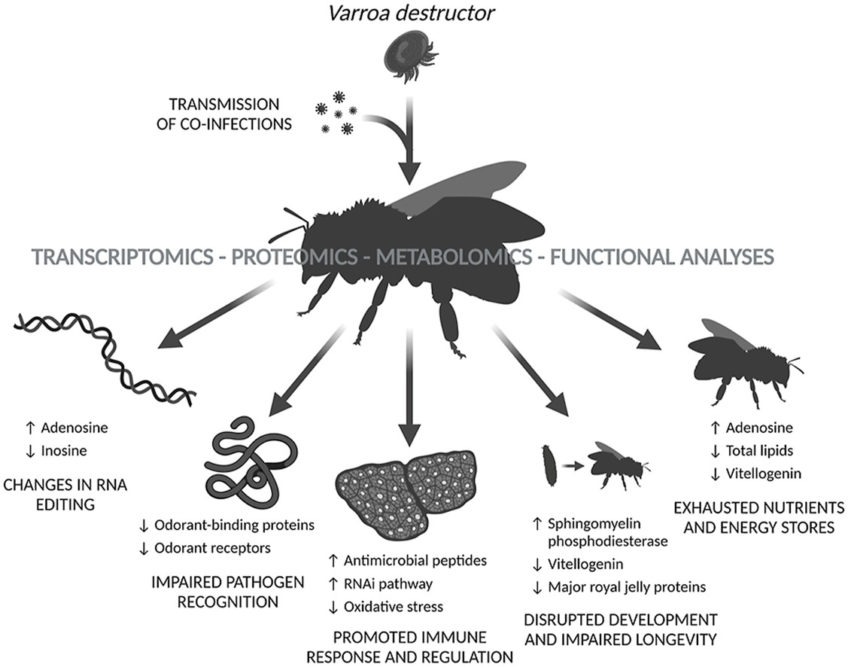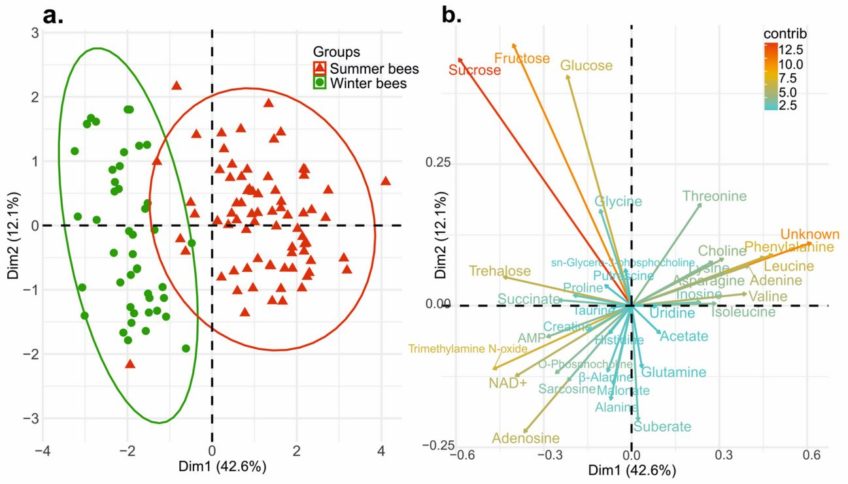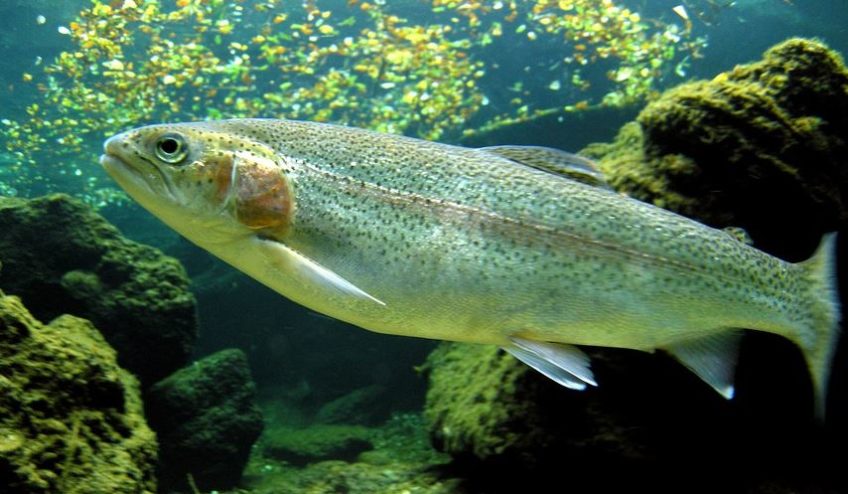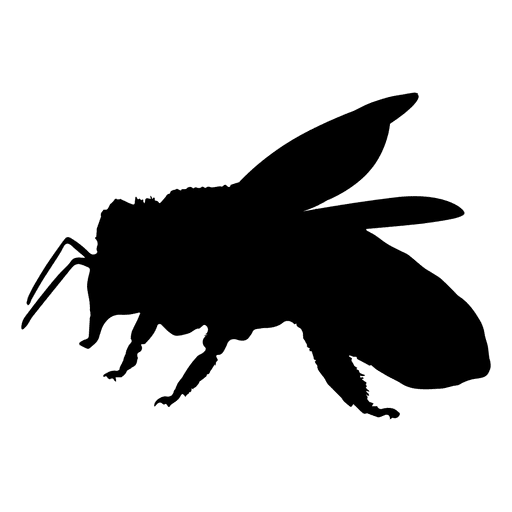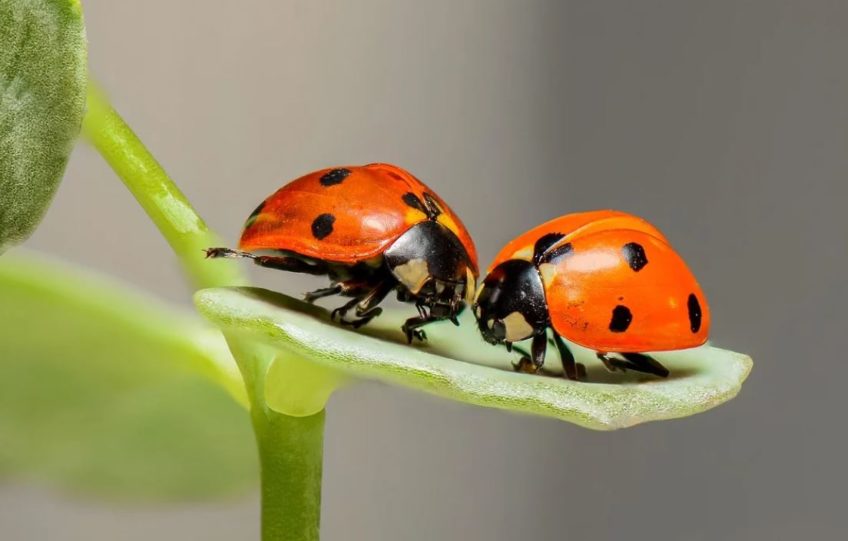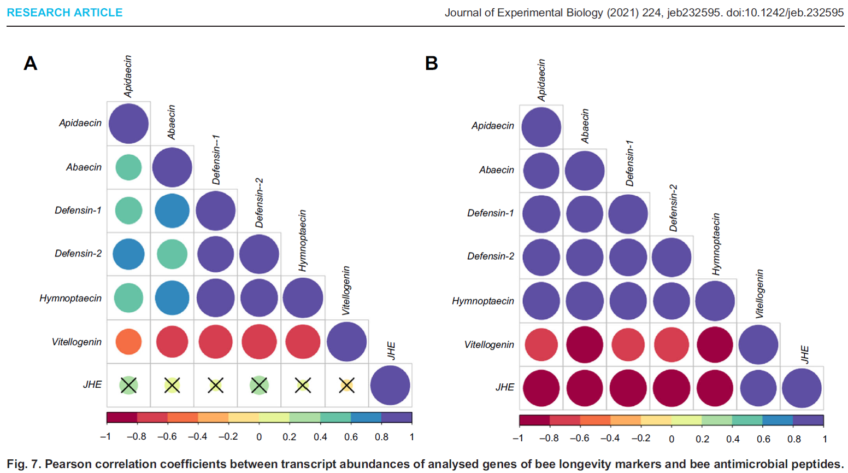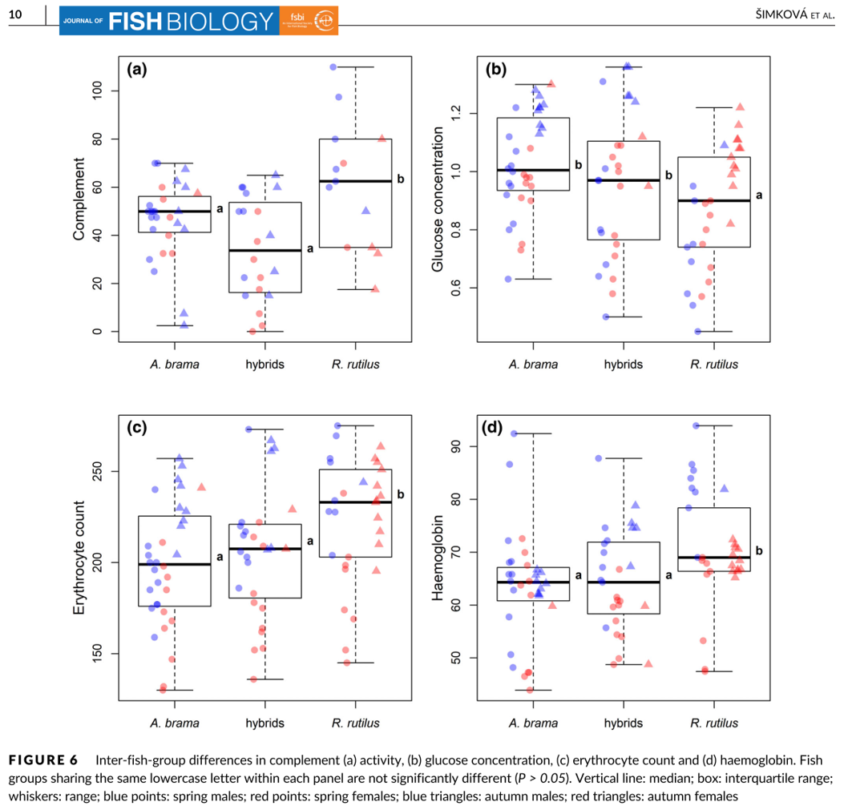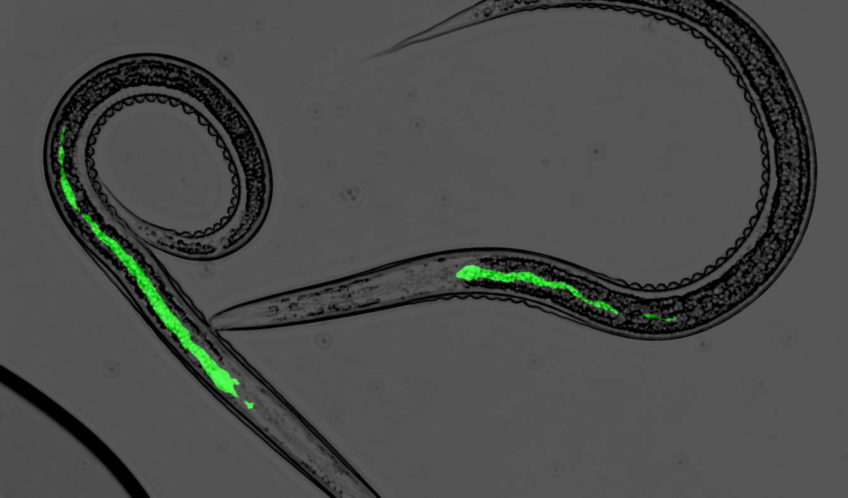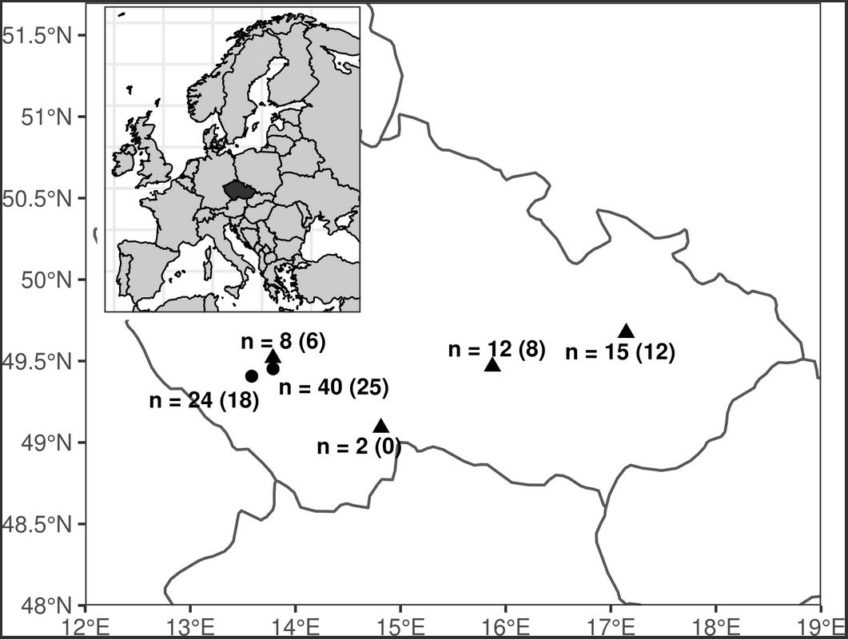Omics-based analysis of honey bee (Apis mellifera) response to Varroa sp. parasitisation and associated factors reveals changes impairing winter bee generation
AbstractThe extensive annual loss of honey bees (Apis mellifera L.) represents a global problem affecting agriculture and biodiversity. The parasitic mite Varroa destructor, associated with viral co-infections, plays a key role in this loss. Despite years of intensive research, the … Read More
